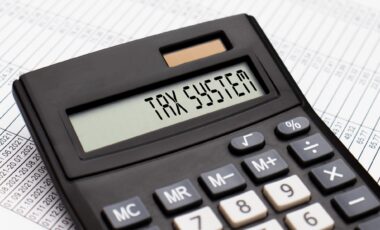Tax refund season in Australia often brings excitement, with many anticipating a large sum. However, experts caution that this could be a sign of ineffective tax planning. Natalie Lennon, from Two Sides Accounting, explains that if you receive a large refund, it usually means you’ve paid the wrong amount of tax throughout the year. Rather than overpaying and waiting for a refund, Lennon suggests it is better to adjust your tax withholdings so that you can access your money throughout the year.
For many taxpayers, the reality is that they could have enjoyed more financial flexibility throughout the year if their tax payments had been more accurate. By overpaying, they miss out on opportunities to use that money for essentials, savings, or even investing in the long run.
Changing Tax Laws and Their Impact on Refunds
Recent changes in Australia’s tax laws have further complicated the picture for many taxpayers. For instance, the government ended the low and middle-income tax offset in 2023, meaning that those who relied on this tax benefit will see smaller refunds this year. Additionally, individuals who worked from home during the pandemic may no longer be able to claim work-from-home deductions if they have since returned to the office.
These shifts in tax policies are likely to result in tax refunds looking different from previous years. While some may see refunds of up to $4,000, others might be left with minimal amounts or even unexpected debts. Taxpayers must adjust to these new conditions to avoid being caught off guard by a refund that’s smaller than expected.
The Risks of Over-Paying Tax and the Hidden Costs
While receiving a refund might seem like a reward for responsible tax filing, it can actually have negative consequences. According to UNSW Associate Professor Ann Kayis-Kumar, getting a large refund means the ATO has been holding onto your money for the year, rather than allowing you to benefit from it. “It might sound counterintuitive, but getting a tax refund isn’t necessarily a good thing,” she says. “It means you’ve been overpaying throughout the year.”
On the flip side, not needing a refund may indicate that you’re earning more than most Australians, which could be a sign of financial success. While paying the ATO at tax time might seem like a burden, it means that you haven’t overpaid during the year and your finances may be better balanced.
ATO tax refund warning as Aussies boast about big $4,000 cash boosts: 'Paid the wrong tax' https://t.co/PaleXEYKhY
— Yahoo Finance Australia (@YahooFinanceAU) July 15, 2025
Social Media Hype vs. Financial Reality
Social media has played a significant role in shaping the public’s perception of tax refunds. Many Australians have shared videos of themselves celebrating their expected refunds, which can often be substantial. Some individuals are even posting screenshots showing tax refunds of more than $4,000. However, experts warn that these refunds may not be as beneficial as they appear.
Lennon points out that this excitement about large refunds is often based on limited information and may not reflect the financial reality of effective tax management. For those receiving large refunds, it’s crucial to understand that this money could have been more effectively managed throughout the year. Rather than waiting for a lump sum from the ATO, tax planning throughout the year could allow individuals to use their money more effectively for everyday expenses or even long-term financial goals.









